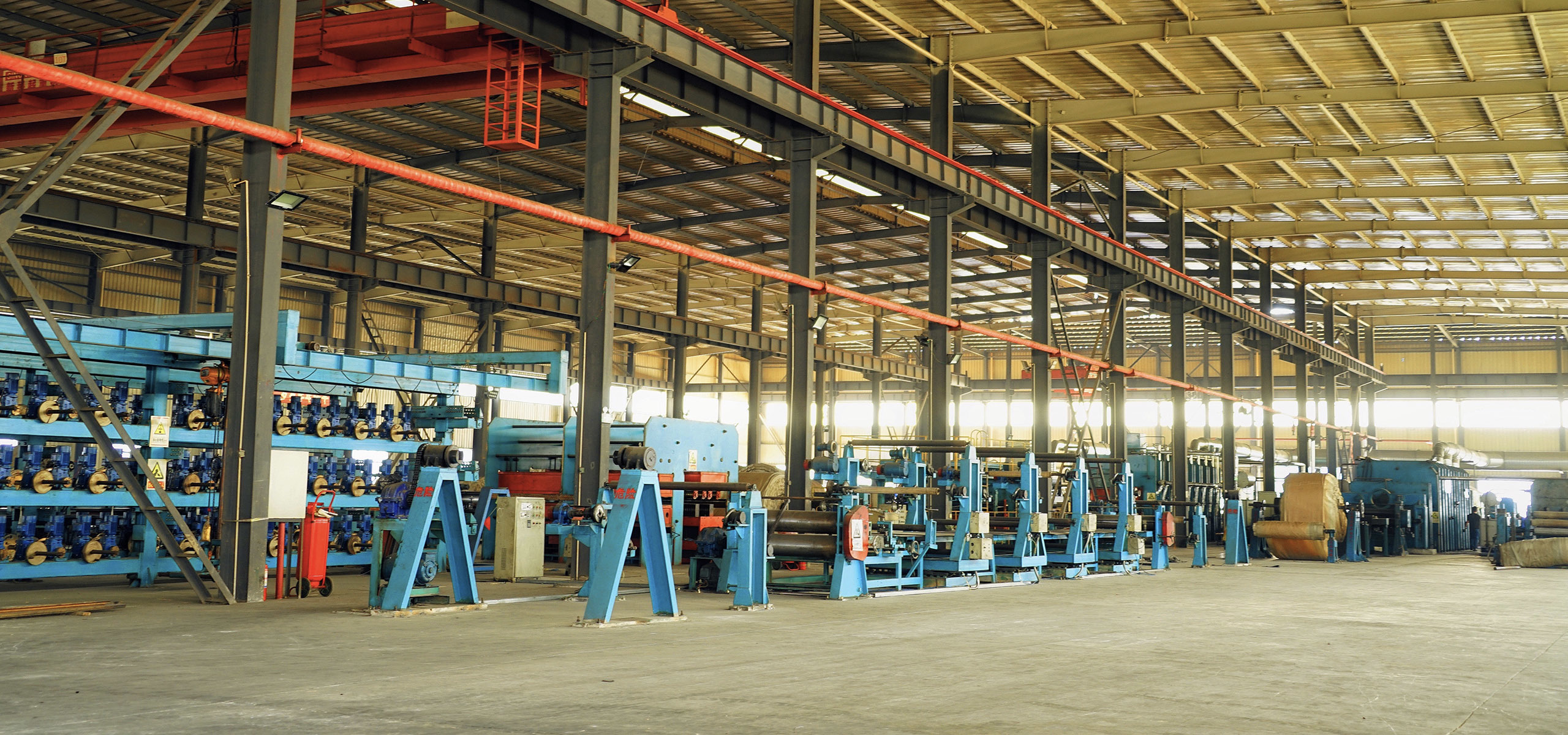02
2022
-
04
What are the classification of industrial belts?

The industrial belt has three main categories: industrial transmission belt, automobile transmission belt and conveyor belt. The first two are transmission belts. A belt used to transfer mechanical power, including a flat belt and a triangular belt (V belt). It is made up of rubber and reinforced materials, such as cotton canvas, rayon, synthetic fiber or steel wire. With multi-layer hanging rubber canvas, synthetic fiber fabric, cord and steel wire as tensile layer, laminated rubber is formed and vulcanized. Compared with gear transmission and chain transmission, belt transmission has the advantages of simple mechanism, low noise and low equipment cost, and is used in power transmission. Ring belt on the machine transmission, set on two pulleys, made of cowhide or thread rubber, commonly known as belt.
Drive belt is the power generated by the rotation of the motor or engine of the prime mover, which is transmitted to the mechanical equipment by the belt wheel, so it is also called power belt. It is the core component of electromechanical equipment. There are many kinds of components. From the large to thousands of kilowatts of motor, small to less than a kilowatt of micro-motor, even including household appliances, computers, robots and other precision machinery are inseparable from the drive belt. It is characterized by free variable speed, long distance transmission, simple structure and convenient replacement. Therefore, from the original machinery to modern automatic equipment have the figure of transmission belt, the product has undergone many times of evolution, maturity.
Drive belt can be divided into triangle belt, synchronous belt (toothed belt, time gauge belt), flat belt (sheet base belt, dragon belt), agricultural machinery belt, high-speed oil-proof belt, circular belt (circular belt), flat belt, water tower belt (wide-angle belt), transmission belt, motorcycle transmission belt, V-belt (V-belt), parallel belt, multi-channel belt, hexagonal belt, flexible belt, traction belt Car belt.
Conveyor belts are used in cement, coking, metallurgy, chemical, iron and steel industries where the conveying distance is shorter and the conveying capacity is smaller. The conveyor belt is made by vulcanizing rubber material with good surface coverage and multi-layer hanging rubber cotton canvas as skeleton. The conveyor belt must be connected into a ring to use, so the quality of the conveyor belt joint directly affects the service life of the conveyor belt and the smooth operation of the conveyor line. The common methods of conveyor belt joints are mechanical joints, cold adhesive joints, hot vulcanized joints, etc.
Conveyor belt with ordinary cotton canvas conveyor belt, nylon (NN) conveyor belt, polyester (EP) conveyor belt, high inclination (wavy edge) conveyor belt, skirt partition conveyor belt, ring conveyor belt, pattern conveyor belt, water stop belt, PVC or PVG whole core flame retardant belt and special performance conveyor belt (general flame retardant conveyor belt, heat resistant conveyor belt, burning resistance conveyor belt) Conveyor belt, high wear-resistant conveyor belt, acid-resistant conveyor belt, alkali-resistant conveyor belt, cold-resistant conveyor belt, oil-resistant conveyor belt, high-temperature resistant conveyor belt, high-strength conveyor belt and food conveyor belt. According to the tensile strength of conveyor belt, it can be divided into ordinary conveyor belt and strong conveyor belt. The powerful canvas conveyor belt is divided into nylon conveyor belt (NN conveyor belt) and polyester conveyor belt (EP conveyor belt).
next page:
previous page:







